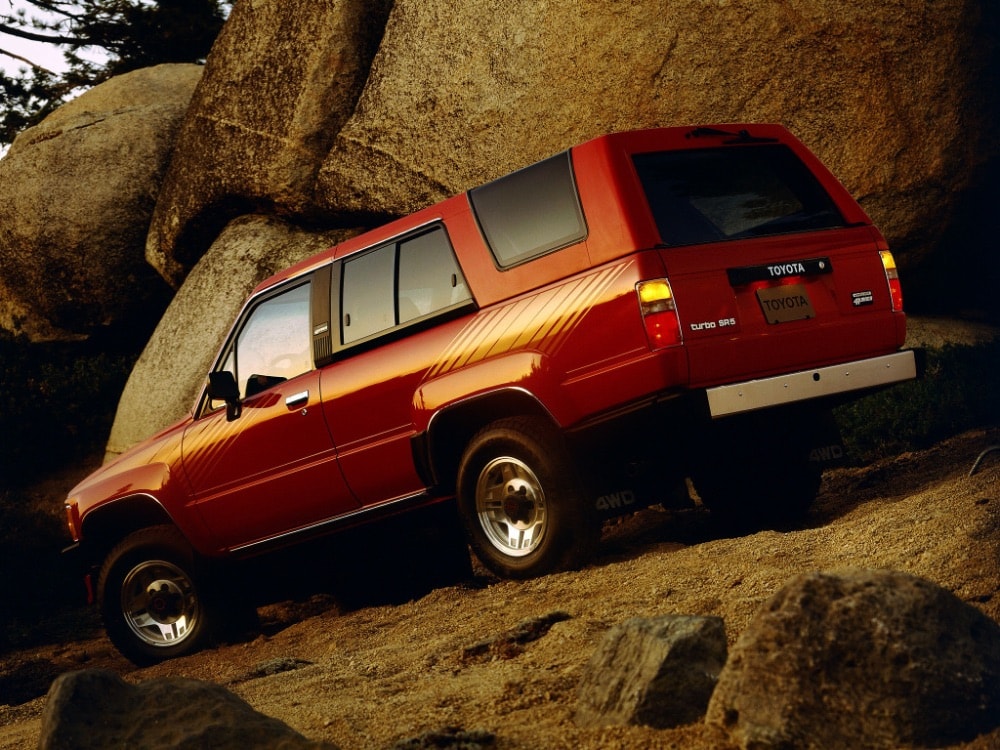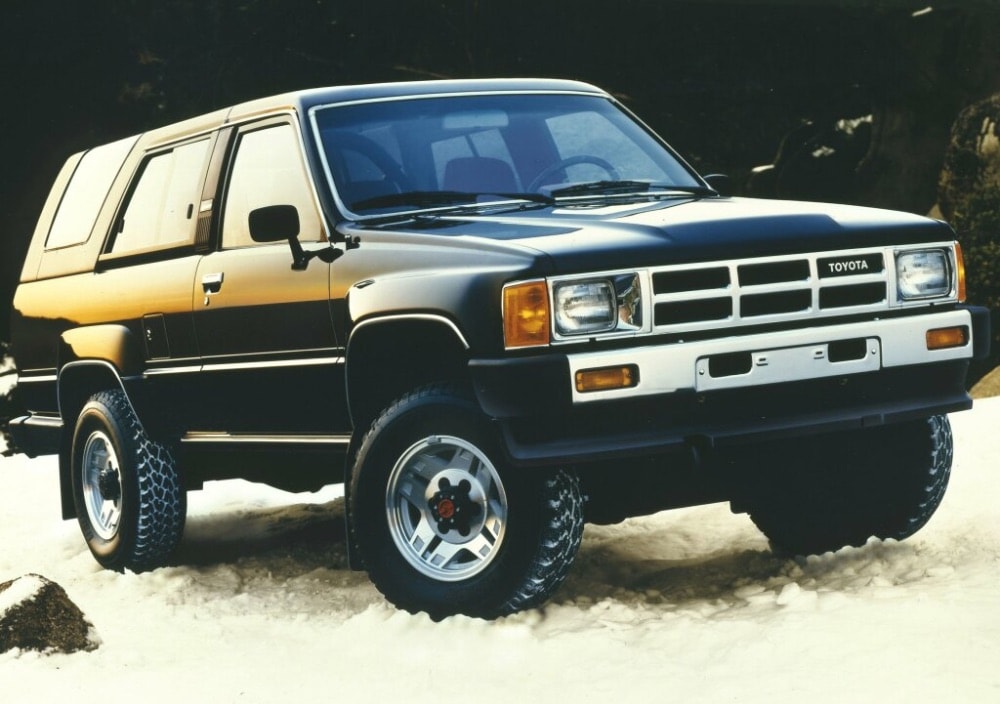If you follow the automotive industry, you know there are an enormous number of SUV models available today. However, only some of those models are usable off-road. When the SUV became more of a fashion statement rather than an actual all-terrain vehicle, the industry started delivering cars that were lifted-up sedans underneath. So even though modern SUV drivers believe that their electronic stability systems will beat the older cars off-road, this is simply not true.
Classic SUVs with their rugged chassis and primitive but very effective 4×4 drivetrains still pack a mighty punch and can teach newcomers a thing or two when the asphalt stops. We found the best classic SUVs that still hold their own when it comes to off-roading. Here are the best of them.
Toyota 4Runner

Toyota’s answer to the Ford Bronco and Chevrolet K5 Blazer came late in 1984. It followed the same recipe as its competitors: a shortened Hilux truck chassis with a single cabin and removable hardtop. The 4Runner came in time to battle with the second generations of the Bronco and the K5. While it obviously couldn’t compete with the two due to its lack of V8 power, it gained recognition for its ruggedness and durability (via T4RF).

Even without the V8 under the hood, the 4Runner was an excellent SUV for the period. It was especially capable in off-road conditions. So the best way is to try and find these versions despite the apparent lack of power compared to the V6 models. If you wish to go off-roading in the 4Runner, the models with smaller engines have better all-terrain capabilities than their big-engine counterparts.
